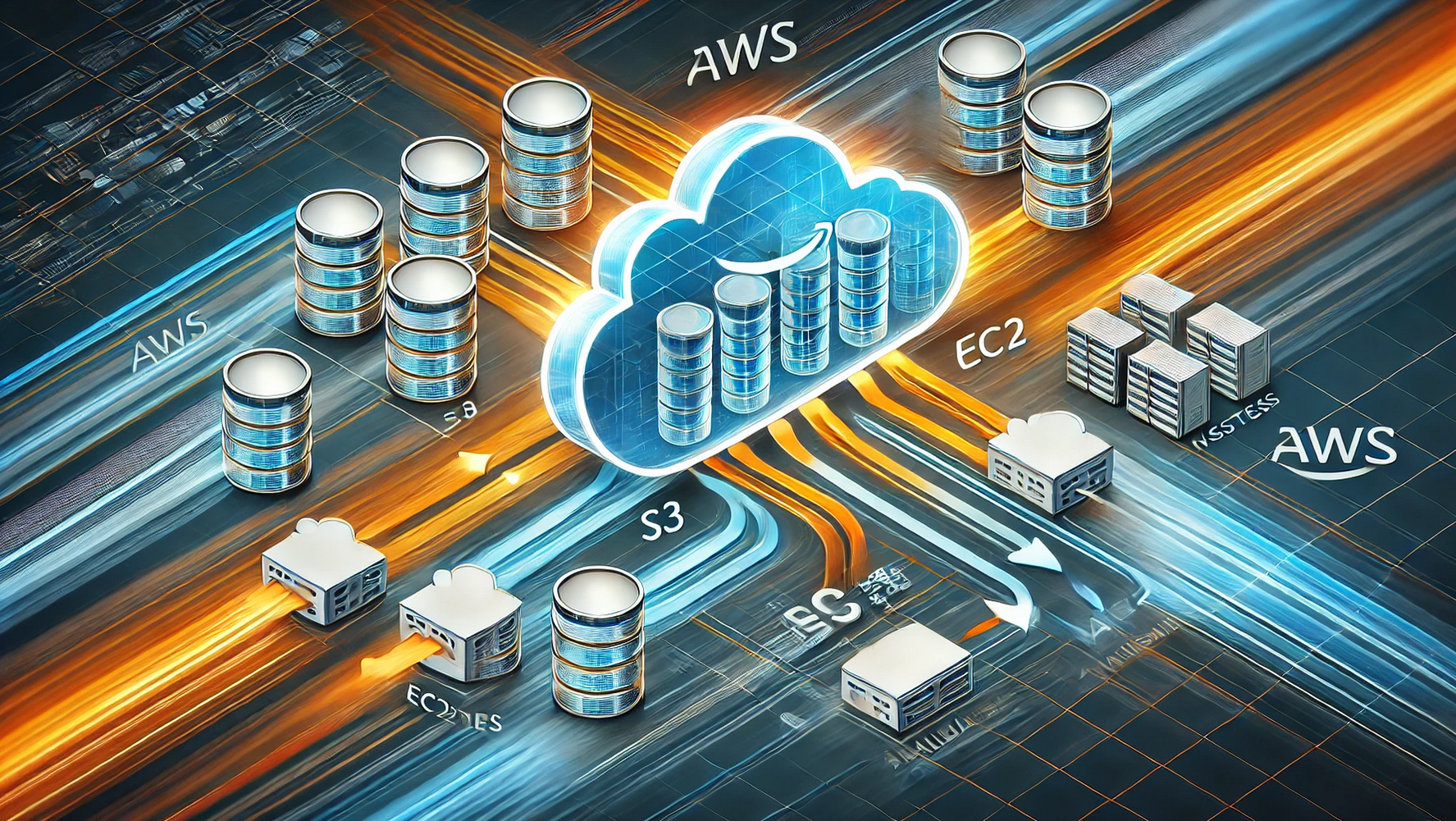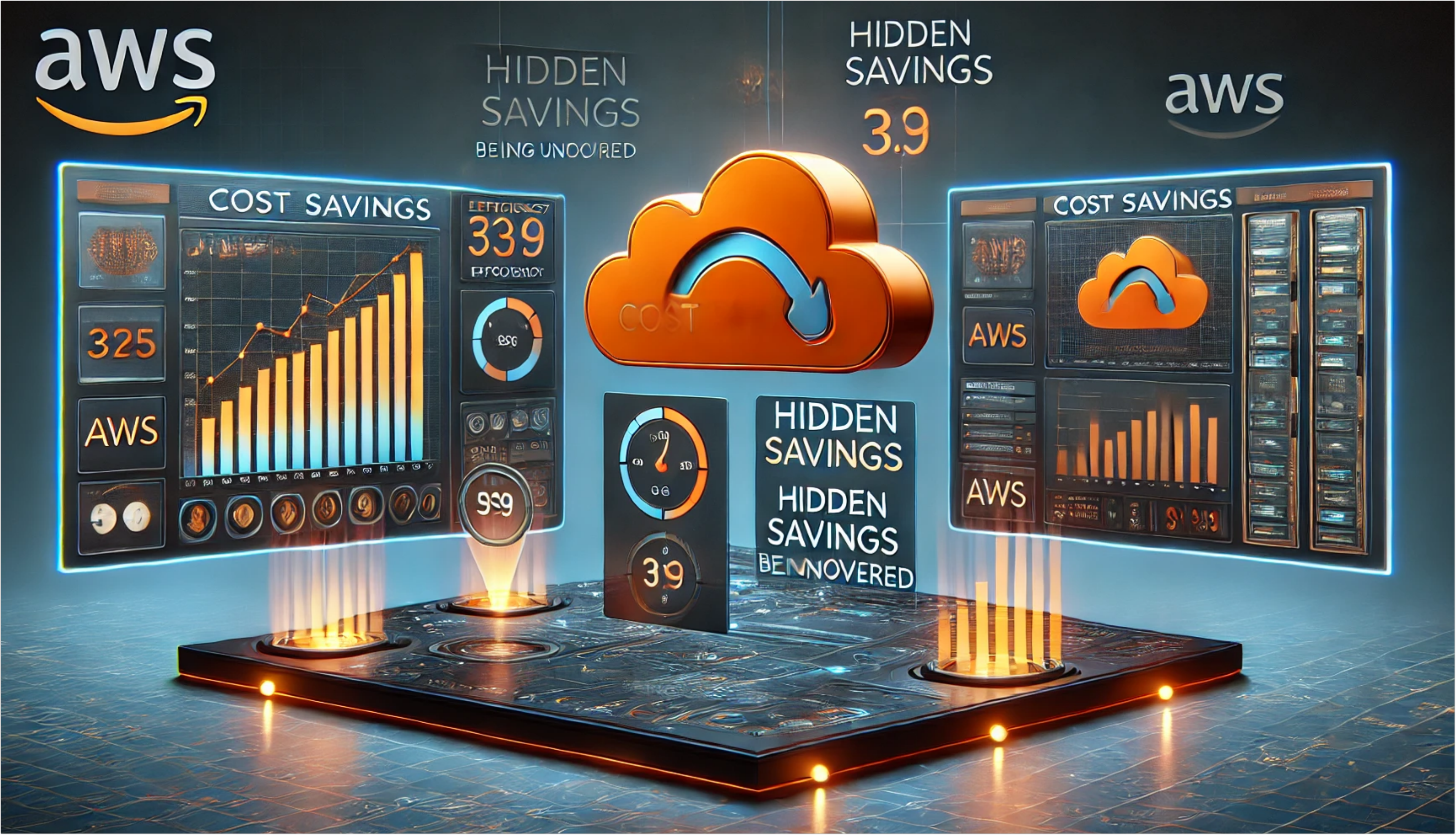Let’s begin by clarifying what AWS data transfer entails. It refers to the process of moving data to and from AWS services over the internet or private networks, as well as between AWS services themselves. For instance, transferring data from an Amazon S3 bucket to an EC2 instance, or migrating data between on-premises systems and AWS. This also includes data exchanges between different Availability Zones (AZs) or even within the same AZ. To recap, Availability Zones are distinct physical locations within an AWS region, designed to provide fault isolation and resilience against data center failures.
What Do AWS Data Transfer Costs Look Like?
Understanding the nuances of AWS data transfer is critical for effective cloud cost management. Overlooking these costs can lead to significant expenses, often making up a considerable share of your overall AWS bill. By analyzing your data transfer patterns—whether across regions, services, or availability zones—you can take actionable steps to optimize and lower your costs.
A common misconception is that all data transfers within the same availability zone are free. However, this is not entirely accurate. For example, data transfers involving VPC peering connections still incur charges.
The cost of data transfer within AWS depends on several factors: the volume of data being transferred, the services involved, and the distance it travels. Typically, data movement within the same region is cheaper than inter-region transfers, and transferring data within the same AZ is less expensive than between AZs.
Here are a few examples of AWS data transfer costs:
- EC2 instances in the same AZ: No cost, unless a VPC peering connection is used.
- EC2 instances in different AZs (same region): $0.01 per GB.
- EC2 instance to S3 bucket (same region): $0.09 per GB.
- EC2 instance to on-premises system via AWS Direct Connect: $0.01 per GB.
- EC2 instance to another cloud provider (e.g., Azure or GCP): $0.02 per GB.
- S3 bucket (US East) to S3 bucket (EU Ireland): $0.01 per GB.
- EC2 instance (US East) to S3 bucket (Asia Pacific Tokyo): $0.19 per GB.
These examples provide a general idea of how costs accumulate based on your data transfer usage. However, the exact pricing depends on your specific AWS services and configurations.
Strategies to Reduce Data Transfer Costs
To manage network traffic costs between AWS regions and AZs, consider the following approaches:
- Use EBS-Optimized Instances: These EC2 instances are tailored for high-performance storage, reducing the time and resources needed for network transfers. This optimization can help minimize data movement costs while improving workload efficiency.
- Leverage Amazon S3 Transfer Acceleration: By using the Amazon CloudFront edge network, S3 Transfer Acceleration decreases data transfer times and costs. It achieves this by reducing the distance data travels and caching frequently accessed files closer to end-users.
- Implement AWS Direct Connect: Establishing a dedicated network connection between your on-premises environment and AWS can significantly lower costs and improve performance. This bypasses the public internet, reducing congestion and transit times.
- Take Advantage of AWS Volume Discounts: AWS offers discounts for high-volume data transfers, such as a 50% reduction for the first 10 TB of inter-region data transfer per month.
Hidden Costs to Watch For
Even with diligent management, hidden costs associated with AWS data transfers can still arise. These may include the time and effort spent optimizing network traffic, performance degradation due to bottlenecks, or data loss caused by network errors. Identifying and minimizing these costs is crucial for maintaining efficiency.





